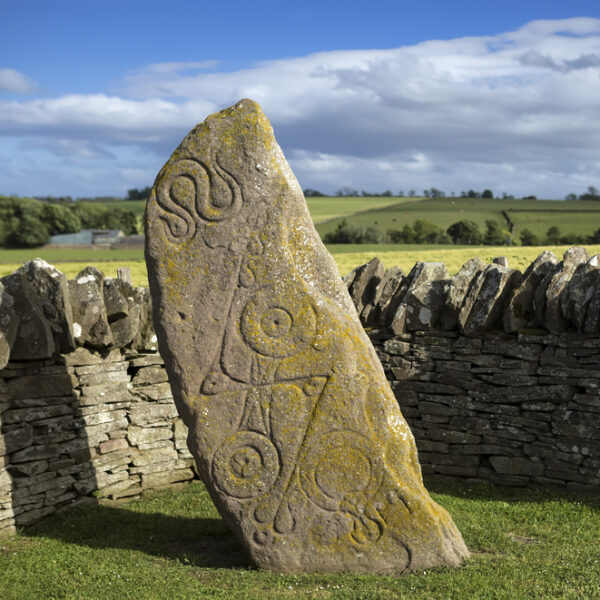Ancient DNA reveals that the Picts, the “painted people” of Scotland who fought off the Romans, weren’t an enigmatic group that migrated from faraway lands. Instead, the Picts had local roots and were related to other Iron Age people in Britain, a new study finds.
An analysis of eight skeletons from two Pictish cemeteries, published Thursday (April 27) in the journal PLOS Genetics, also suggests that the Picts did not organize their society around the female bloodline, contrary to what historians have long suggested.
The Picts, named from the Latin word “picti” for their reported use of body paint or tattoos, were a people who, in the third century A.D., resisted Roman rule and formed their own kingdom in northern Britain that lasted until around A.D. 900. There is very little written information about the Picts — much of what they wrote is in a unique and hard-to-translate script called ogham — and only a few of their settlements and cemeteries have been found.
“Writer Fuel” is a series of cool real-world stories that might inspire your little writer heart. Check out our Writer Fuel page on the LimFic blog for more inspiration.


